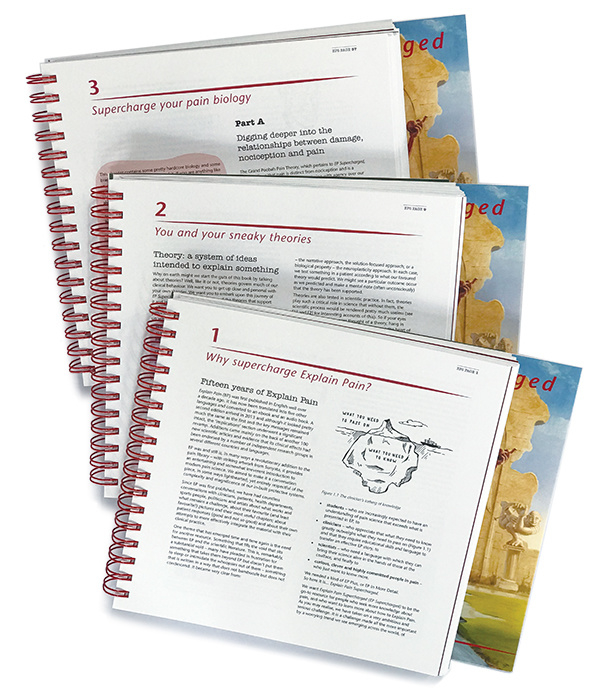

But like my above example of a stubbed toe taking over, sometimes the protective mechanism is overactive and needs to be re-trained. Pain is normal as a protective mechanism for your body. A little bit of Darwinian survival of the fittest with regard to the more you use certain brain pathways - including a pain pathway - the more intensified that pattern becomes.ģ) Your brain is looking out for you in sneaky ways. Fun fact.)Įverything is connected in a complicated ecosystem with interdependence between creatures. And doesn't a paper cut hurt like the dickens? (I typed that - then had to look up the origin of that phrase - the dickens is used to represent the devil because some people don't believe in talking about the devil. Sometimes people have major injuries without pain. Pain does not correlate with tissue damage. Just because there is nothing on an XRAY or an MRI showing that there is something wrong, does not mean there is no pain or that nothing is wrong. Moseley's presentation was entitled "Seven Amazing Pain Facts that Could Change Your Life." Here they are, with a few thoughts on each:ġ) All pain is real, regardless of cause. Who better to help me understand the impact of my words on the patients I work with? Dr. I attended the event with a crew of fellow PTs who have been learning and teaching me about pain science, using the framework of the biopsychosocial model with patients.

In addition to the clinical utility of learning about pain, Lorimer Moseley was in Seattle this past week and I went to hear him speak at the University of Washington. AKA - take a vacation, break the overwork cycle, read a book by the pool, have a pina colada, and then when you return, maybe take an extended lunch break or two to slowly get back into the swing of the job without it taking over life. It has gone from working a 9-5 job to becoming a workaholic where every increased responsibility at work just makes them more and more irritable - only we're talking about how the body works from the inside! In the end, the principles to working with these patients are largely the same as any other patient - if you can understand the mindset of needing to unload the stresses on the nervous system and then progressively load that - rather than focusing on unloading other body tissues of the musculoskeletal system which we so typically target. This progresses until you reach a point where you stop putting your foot on the floor entirely, switch to crutches or a wheel chair, become fearful of any possible touch to your leg, and consistently report high levels of pain.įor these patients, the nervous system has found a way to overprotect their body. It hurts, but you keep going about your day, maybe hobbling a little bit, but then days later you're still hobbling and it still hurts, and then a month has gone by and now you're avoiding weight bearing at all.

Picture stubbing your toe on the corner of a table. The patient with chronic pain is interesting because they continue to experience pain long beyond the normal tissue healing time expected with injury and often to a degree that is not proportional to the injury that was originally sustained. I've mentioned that I've been working with more patients who are experiencing chronic pain - both at Seattle Children's and when I'm with the adult population. This timing of my focus on pain science is intentional. I still love the library and quiet corners. If we didn't know five words when we finished the page, it was a little too tough for right now, but maybe next time back at the library it wouldn't be. She instructed us to select a book that might be interesting, ( I wanted to read the Boxcar Children), sit down in a quiet corner, open the book to any page, and read that page holding up one finger for every word we didn't know.
#LORIMER MOSELEY EXPLAIN PAIN SUPERCHARGED HOW TO#
It made me think of first grade when the librarian was teaching us how to determine if books were appropriate for us to read.

I also recently finished reading their 2017 edition, Explain Pain Supercharged, an awesome book, particularly in its use of easily understood metaphors and stories to help illustrate the concepts, but those underlying concepts are more complex than anything else I've ever read. Last week I posted this blog introducing my recent studies regarding pain science starting with a few basics I learned from Explain Pain, by David Butler and Lorimer Moseley.


 0 kommentar(er)
0 kommentar(er)
